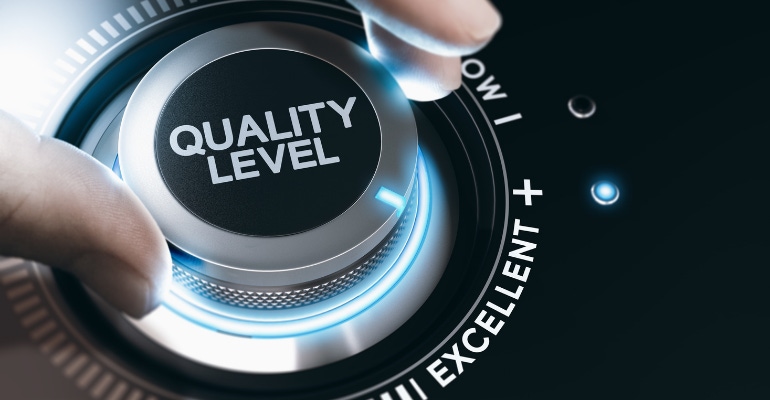Case for Quality Shifts from Pilot to Full Program
A pilot program launched in 2018 to shift the mindset of medical device manufacturers beyond regulatory compliance and toward continuous quality improvement is now a fully operational program.
June 22, 2021

Regulatory compliance doesn't always correlate with quality assurance. That revelation, back in 2011, led FDA to invite medical device companies to participate in industry forums aimed at understanding the barriers to medical device quality, and finding ways to shift the focus from compliance to continuous quality improvement.
Initially, that focus on quality led to the development of the Medical Device Discovery Appraisal Program (MDDAP), which later served as the framework for the Case for Quality Voluntary Improvement Program (VIP). FDA, the Medical Device Innovation Consortium (MDIC), ISACA, and medical device industry stakeholders launched the Case for Quality VIP as a pilot program in January 2018. Now, the Case for Quality VIP has transitioned from a pilot into a fully operational program.
The Case for Quality VIP includes a multi-pronged approach: a combination of annual MDDAP appraisals against a set of best practices, quarterly check points with performance reports, and a supportive regulatory environment. Together, this approach is intended to empower medical device manufacturers to design, build, and deliver safe and innovative products to market faster.
In the Case for Quality VIP, an experienced appraisal team evaluates an organization’s capabilities through conversations with individual contributors, systems demonstrations, and site tours. The results are then synthesized for the organization to easily identify areas of strength to reinforce and prioritize opportunities for improvement.
The program is a continuous improvement method designed to help the collaborative community understand how to develop better quality and outcomes, both within an organization and across the industry. Information is collected during an appraisal to evaluate how work is actually performed, highlight capabilities and activities that add value, and drive discussions that align and prioritize opportunities with business performance objectives.
In the supportive regulatory environment, participants were able to accelerate device improvement and speed to market. Results reported by pilot participants include:
Capacity increased by 4 times due to improvements and changes resulting from the appraisal
65% increase in daily production
27% decrease in time to close complaints
Greater than $15 million in product sales
Shifting from tactical to strategic thinking
Identifying potential issues earlier, taking action before negative impact
Increasing rigor and predictability in new product development
Improving risk mitigation of nonconforming products, process control, and supply chain
The fully operational program has formalized the collaborative oversight used through the pilot into an official governing committee which includes members of MDIC, FDA, and industry, with ISACA and relevant collaborators serving as advisors. Iterative improvements and enhancements for the program are proposed through facilitated VIP working groups. This governance structure engages all stakeholders in seeking beneficial solutions through the sharing of information and ideas.
'We can't do that, it's the FDA'
During a panel discussion at the 2018 MD&M West Conference, Garth Conrad recalled what the initial industry forums with FDA were like. Conrad, now vice president of quality at Flex Health solutions, was vice president of quality at BD in 2018.
"Those initial meetings were pretty interesting," Conrad said during that 2018 panel discussion. "Back in 2011, when compliance was the key focus, you got in those meetings and nobody in industry wanted to talk. You know, you go to FDA's facility, big hall, hundreds of people that were there, and nobody from industry wanted to say anything because the challenge was, if we open our mouths they're going to know we're not compliant, we're going to tell them we have problems. We can't do that, it's the FDA."
Over time that barrier began to break down, Conrad said, and the larger medical device manufacturers were the first to the table to begin talking openly with the agency about the challenges they saw in the industry regarding quality.
"There was this general feedback that was coming from industry that we want to improve quality, however everything we're focused on from a regulation compliance standpoint really inhibits us from truly driving after the quality improvement of our products."
About the Author(s)
You May Also Like



.png?width=300&auto=webp&quality=80&disable=upscale)
